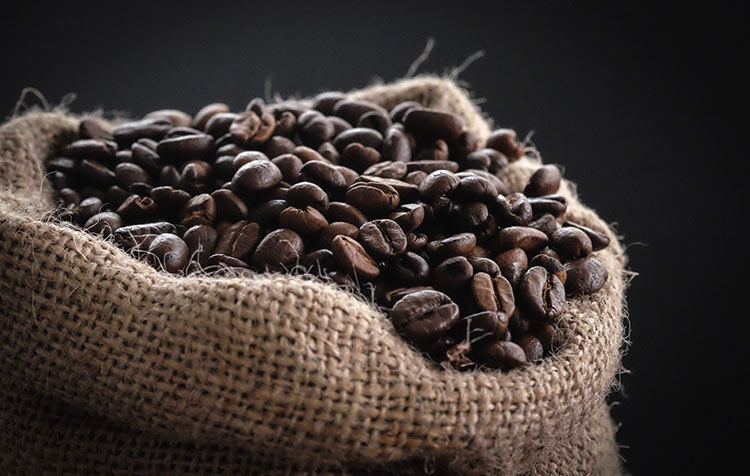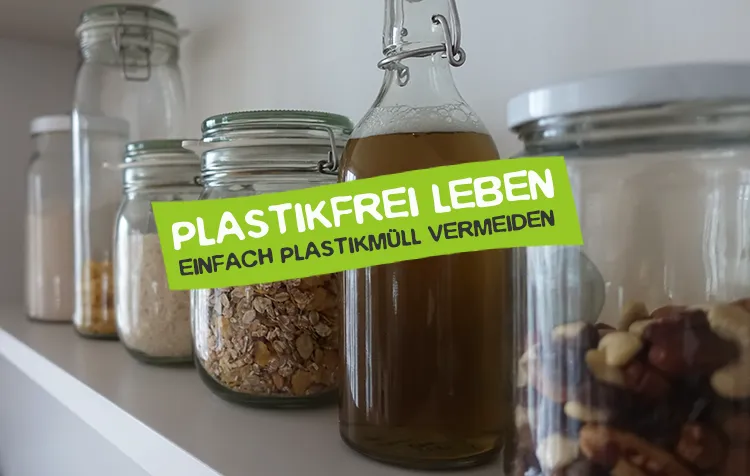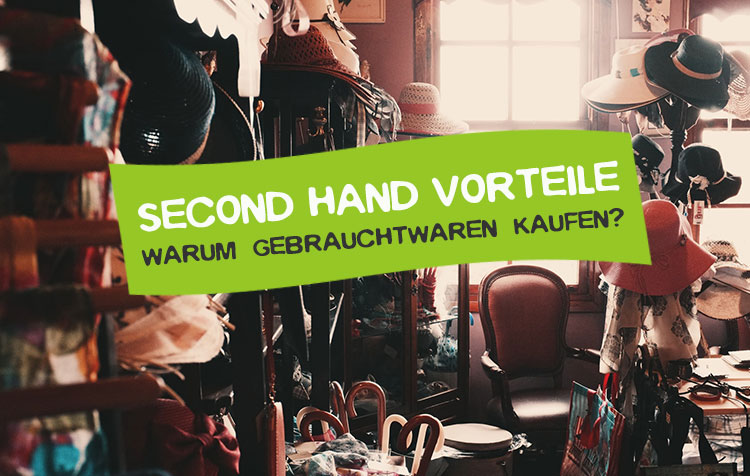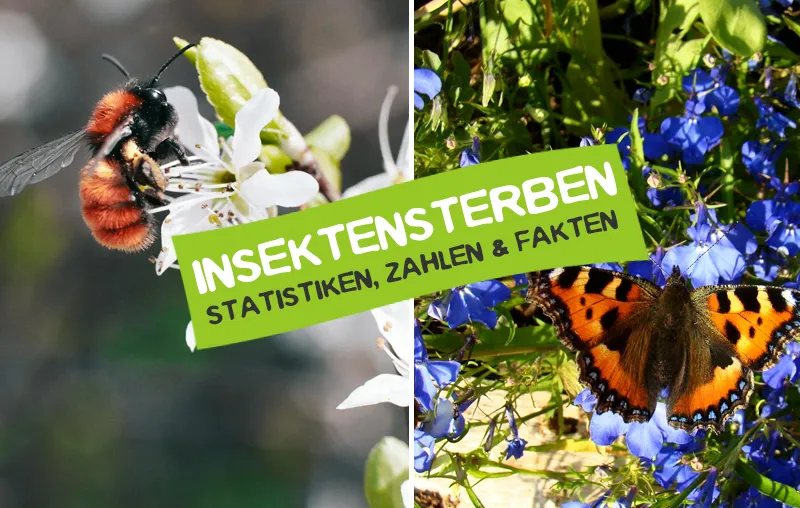What do you actually know about the production, benefits and functions of jute? In this article I want to tell you more about the natural material, with which we have a lot of Avoid plastic waste can. Jute bag instead of plastic bag - I'll show you why!
Here is another small Table of contents about the article:
Jute origin
Jute comes from India and thrives best in hot, humid climates between 24 ° C to 35 ° C and correspondingly heavy rainfall, or high humidity. Light sandy subsoils, or clayey loams are considered ideal soils. As a final factor, the ideal growing area should be regularly flooded by high water, as the Corchorus tree quickly exhausts the fertility of the soil.
Aufgrund dieser natürlichen Voraussetzungen ist der Indische Subkontinent besonders für die Juteproduktion geeignet. Zur Wahrheit gehört aber auch, dass die Juteproduktion sehr personalintensiv ist und es in Indien bzw. Bangladesch günstige Arbeitskräfte gibt. Gerade in der Jute Produktion gibt es schon sehr viele Händler, die auf einen fairen Handel setzen.
Production of jute bags
Jute ist eigentlich eine Bezeichnung für die Bastfaser des indischen Corchorus Baumes und mittlerweile wird der Begriff auch für artverwandte Pflanzen wie die chinesische Utilon Avicennae verwendet. Sie haben alle gemeinsam, dass sie zu der Familie der Linden gehören. Die Flachse des Corchorus Baumes erreichen eine Länge von bis zu vier Metern. Die Jutefasern werden aus der Außenhaut der Pflanze gewonnen und können alle vier Monate aufs Neue geerntet werden. Die sehnigen Fasern werden vor der Weiterverarbeitung luftgetrocknet und geröstet. Getrocknet haben die Fäden schon ihren charakteristischen Braunton angenommen. Im nächsten Arbeitsschritt werden die Fasern gekämmt und gesponnen.
Bei der Kämmung wird die Außenhülle entfernt und die Fasern auf die gleiche Länge geschnitten. Anschließend werden sie in mehrere Meter langen Stoffrollen abgepackt. Diesen Stoff kann man sich in dieser Form schon kaufen und wenn man kreativ veranlagt ist, kann man sich so seinen ganz persönlichen Jutesack herstellen. Alternativ kann man auch ein fertiges Produkt erwerben. Die meisten Jutesäcke werden in Indien maschinell in großen Fabriken hergestellt.
Why jute bag instead of plastic bag?
Der Jutesack ist ein echtes Naturprodukt. Während die künstliche Konkurrenz Jahrhunderte lang zur Belastung wird, kann man einen Jutesack sogar kompostieren. Im Gegensatz zu den meisten Plastiktüten können die Jutesäcke auch für schweres Gewicht und scharfe Gegenstände verwendet werden, weshalb sie auch im Postwesen und zum Transport von Nahrungsmittel verwendet werden. Jutesäcke sind mittlerweile auch in sehr ausgefallenen Designs und schönen Farben erhältlich, weswegen sie ein beliebtes Mode- und Lifestyle-Produkt (siehe auch den Beitrag Fashion from plastic waste) have become.
The jute bag is a real natural product, the fiber is cheap and grows again and again. Plastics, on the other hand, are non-biodegradable products that take at least 400 years to decompose. The Plastic waste pollutes the environment und stellt auch eine Bedrohung für die Tierwelt, insbesondere in den Weltmeeren, dar. Schildkröten verwechseln beispielsweise Quallen mit Plastiktüten und essen sie. Vögel und Fische verheddern sich oftmals im Plastikmüll und verenden qualvoll. Jedes Jahr werden Milliarden von Tonnen Erdöl für die Herstellung von Milliarden von Plastiktüten weltweit verbraucht, die sonst für unsere zukünftigen Bedürfnisse gespart werden könnten. Die Erdöl-Energiequellen sind bekanntlich endend, während Jute immer wieder nachwächst. Deshalb ist es eine sehr umweltfreundliche und nachhaltige Alternative.
Jute bags also have a much longer life. They are stronger and more durable, and also do not lose their luster as quickly as plastic bags do. Jute bags can be used even further, as more and more developers are turning to insulation made from recycled jute materials.
The Advantages of jute bags are thus:
- Longevity
- Very low carbon footprint
- Biodegradable and 100% compostable
- Extremely strong and tear resistant.
- Reusable and therefore environmentally friendly
- Jet bags are hip and trendy
Functions of the jute bag
Jute sacks were traditionally used as a cheap and tear-resistant means of transport. So it may come as little surprise that it was the postal system that ensured the spread of the golden fiber. As a carrier bag for everyday use, it was first in demand on a large scale in the 1970s. As a lifestyle product, the jute bag is currently experiencing something of a renaissance. With funny motifs and individual products, messages can be brought among the people. Unfortunately, a topic such as environmental protection and waste avoidance in particular are all too often addressed with a raised forefinger.
Many people may be put off by this. Therefore, it is worthwhile to set a positive example and create awareness in a casual way with a fashionable and naturally environmentally conscious bag.
Jute bag as protection against cold for plants
Will man Pflanzen winterfest machen, kann man ebenfalls auf die Jute zählen. Denn die Säcke, die für den Transport schwerer Güter gemacht wurden, können als Pflanzsäcke, quasi einen zweiten Frühling erleben. Der Sack wird einfach mit nährstoffreicher Erde aufgefüllt, anschließend wird die Pflanze eingesetzt. Da die Fasern wasserdurchlässig sind, muss man kein Loch in den Sack schneiden, um einen Wasserabfluss zu ermöglichen. Aus demselben Grund, sollte man aber eine Schale als Untersetzer verwenden, falls man die Pflanze auf einer Terrasse stehen lassen möchte, und keine unschönen Flecken will. Um einen optimalen Kälteschutz zu erreichen, sollte man die Öffnung des Jutesacks am Stamm der Pflanze festbinden.
There are also fun facts about jute bags that will surprise you. Animal keepers raise kangaroo babies in them when their mothers abandon them. The little kangaroos can be carried in the sacks as if they were in a kangaroo pouch, and the fibers are especially good for keeping the animals' body temperature.
Jute care
Ein wichtiger Punkt, um die Jutetasche möglichst lange nutzen zu können, ist natürlich ein schonender Umgang. Bei einer Jutetasche, oder auch Kleidung aus der goldenen Faser, ist der problematischste Moment der Waschgang. Kleidung sollte grundsätzlich etwas größer gekauft werden, da die Fasern sich beim Waschen spürbar zusammenziehen. Erfahrungsgemäß kann man hierbei mit zwei Kleidergrößen rechnen.
Of course, you can also wash jute. However, at most at 40°C and preferably in a gentle program, for delicates or wool. Use for it but gladly your self-righteous detergent. A very important point is also that you should definitely dry jute products in the fresh air. The fibers can store moisture very well. For this reason, if the products are stored in a damp state, there is a risk that the rotting process will begin.
Jute for crafts and painting
Am Besten zum bemalen sind Acrylfarben, da sie gut aufzutragen sind und haften bleiben. Allerdings sollte man unbedingt einen Karton dazwischen geben, da die Farbe sonst durchdrückt. Falls man das Problem hat, dass die Fasern sehr fransig sind, kann man mit einem Rasierer die Oberfläche etwas glätten, damit die Farbe auch schön haften bleibt. Wenn man speziell nach einem Jutesack zum kreativen Gestalten sucht, sind eng gewebte Oberflächen ideal. Möchte man hingegen eher Stickereien zum Verschönern verwenden, ist ein lockereres Gewebe von Vorteil.
Very fine motifs are very difficult to draw due to the fiber structure. Speech bubbles, words or even more expansive motifs, such as a sun or clouds, are ideal. Of course, such individually designed bags are an ideal gift, because it is much more personal than a ready-bought assembly line goods.
Jute clothing
Neben den bekannten Säcken gibt es auch zahlreiche weitere Produkte, die der Faser des Corchorus Baumes entstammen. Historisch gesehen waren es im 17. Jhdt. Seile und sogar Segel, die die Europäer aus der indischen Faser erzeugten. In Indien selbst war es zumeist ein Rohstoff für die Kleidung der Landbevölkerung. Die sustainable fashion from jute even managed a comeback in the present, but rather as a niche product. In addition to the already mentioned advantages from an ecological point of view, there are definitely practical reasons to try out jute clothing. The properties such as tear resistance, stability and not least the heat-storing ability of the natural material, offer some reasons to just try it once.
More and more stores in trendy neighborhoods of big cities are also discovering that clothing made from natural fibers is much more than a legacy of the hippie movement. Even if you don't live in a lively neighborhood in Vienna or Berlin, you can order just about anything online, from dresses to t-shirts, made with jute fibers.
Jute and jute bags are versatile!
Jutesäcke sind sowohl eine modische, als auch praktikable Alternative zu Plastiktüten. Sie zeichnen sich über eine enorme Reißfestigkeit und lange Haltbarkeit aus. Zudem wächst die Faser des Corchorus Baumes natürlich nach, während Plastik bekannter Maßen mehrere Hundert Jahre unsere Umwelt belastet. Der Kreativität sind keine Grenzen gesetzt. Als Tragetasche kann sie individuell gestaltet werden und mit witzigen oder nachdenklichen Motiven versehen werden. Jutesäcke die nicht mehr für den Transport verwendet werden, können zum Winterschutz für Pflanzen, oder sogar als Dämmmaterial im ökologischen Hausbau verwendet werden. Die Säcke können individuell gestaltet werden.
In my experience, acrylic paints are particularly suitable for painting. When buying the fabric or the bag, you should already know approximately what you plan to do with it. If the fabric is rather widely woven, you should change the brush for the needle, because it is much better suited for embroidery.
Hast du auch deine Erfahrungen mit Jute gemacht oder hast du Fragen und Anregungen? Dann schreib mir gern einen Kommentar!
Many greetings,
Lisa
PS: In the article Zero Waste Lifestyle you get many more tips for a natural life without much garbage!





